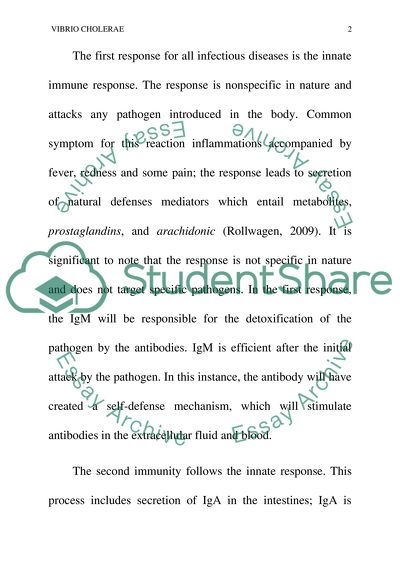How does the immune system response to V.cholerae infection Research Paper. Retrieved from https://studentshare.org/biology/1462714-how-does-the-immune-system-response-to-vcholerae
How Does the Immune System Response to V.Cholerae Infection Research Paper. https://studentshare.org/biology/1462714-how-does-the-immune-system-response-to-vcholerae.


